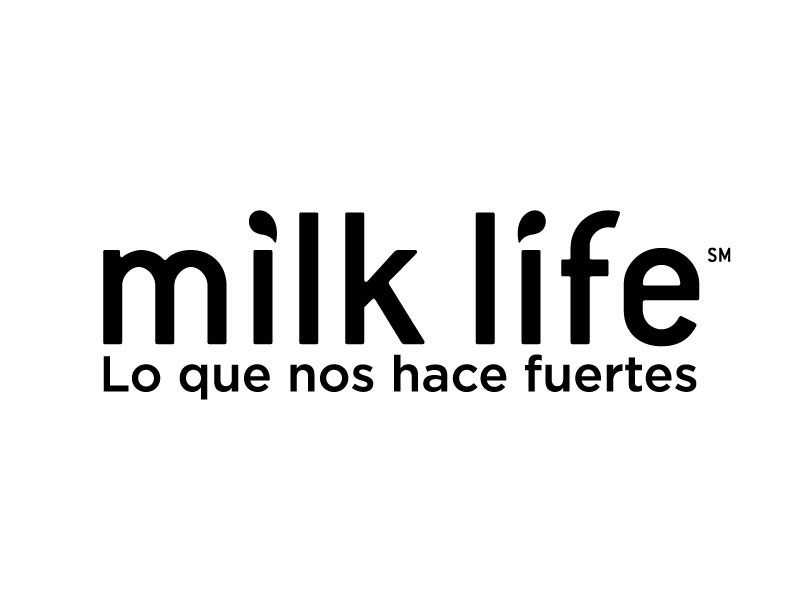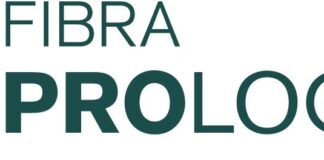MIAMI, June 14, 2016 /PRNewswire-HISPANIC PR WIRE/ — A key element of healthy eating put forth by the 2015 Dietary Guidelines for Americans (DGA) is to “choose a variety of nutrient-dense foods across and within all food groups.” What makes this longstanding principle of nutrition true is the synergy that occurs between vitamins and minerals, fiber and other components in foods that work together to support health. “An eating pattern is more than the sum of its parts,” the DGA states. That’s food synergy.

Discovering food/nutrient synergies with ideas of how to combine foods in meals is what transforms “eat a variety of nutrient-dense foods” from a well-worn phrase to fascinating and delicious. Here are a few examples of nutrient interactions that occur within dairy foods and between dairy and other foods – along with ideas for food pairing:
New study with milk and supplemental vitamin E
Vitamin E (alpha-tocopherol) is an antioxidant that protects cells from the damaging effects of free radicals. While more research is needed, limiting free-radical production may prove beneficial in the management of cardiovascular disease and cancer, two diseases often associated with free radicals.
Vitamin E also supports the immune system and helps maintain healthy blood vessels. Nuts, seeds and vegetable oils are among the best sources of vitamin E.
Emerging research indicates drinking milk, regardless of fat content, enhances vitamin E absorption in those with metabolic syndrome, as noted in a recent study. Stay tuned, as more research is needed to discover what constituent of milk improved the bioavailability of vitamin E.
Vitamins C and E are recognized as “partners in defense,” because they are both antioxidants and vitamin C helps repair and regenerate vitamin E. Some of the richest food sources of vitamin C are fruits and vegetables.
- Try it at home: Start your day right by consuming foods from different food groups for breakfast. Try a peanut butter smoothie made with milk and yogurt along with a sliced orange or have peanut butter on toast, a glass of milk and bowl of strawberries.
Nutrients in milk and vitamin K
Vitamin K functions as a co-enzyme required for blood clotting and bone metabolism. Osteocalcin, a vitamin K-dependent protein, is present in bone and may be involved in bone mineralization and turnover. Food sources of vitamin K are green leafy vegetables, such as collards, turnip greens, and spinach.
Calcium, phosphorus and vitamin D in milk work together along with vitamin K to support bone health. Vitamin D-fortified milk is an excellent source of vitamin D, calcium and phosphorus. Vitamin D’s major biologic function in humans is to maintain calcium and phosphorus concentrations in the blood within the normal range by enhancing the absorption efficiency of these minerals from the diet.
Scientists recently studied the feasibility of fortifying yogurt with vitamin K for improving vitamin K status in adults and found that fortified yogurt was more effective than a vitamin K supplement.
- Try it at Home: To tap into the synergies between dairy and vitamin K-rich foods, try a Green Smoothie, or this delicious Kale and Parmesan Salad with Lemon Yogurt Dressing.
These examples of food/nutrient synergies are not to make you research everything you eat and obsessively pair foods at every eating occasion. Rather it is to give you a glimpse of the complexity and beauty of whole foods and a new appreciation of their role in healthy lifestyles. Who knows? Recognizing synergies between nutrients and food components may be the spark that ignites an interest in eating well.
Note: This content was originally shared in a blog post by Judy Jarvis of National Dairy Council.
Visit Fuertesconleche.com for more ideas on food pairings, many delicious milk recipes and nutritional facts. There, you’ll also find inspirational videos from our advocates, like Olympic medalist Danell Leyva among others.
Logo – http://photos.prnewswire.com/prnh/20160316/344875LOGO







